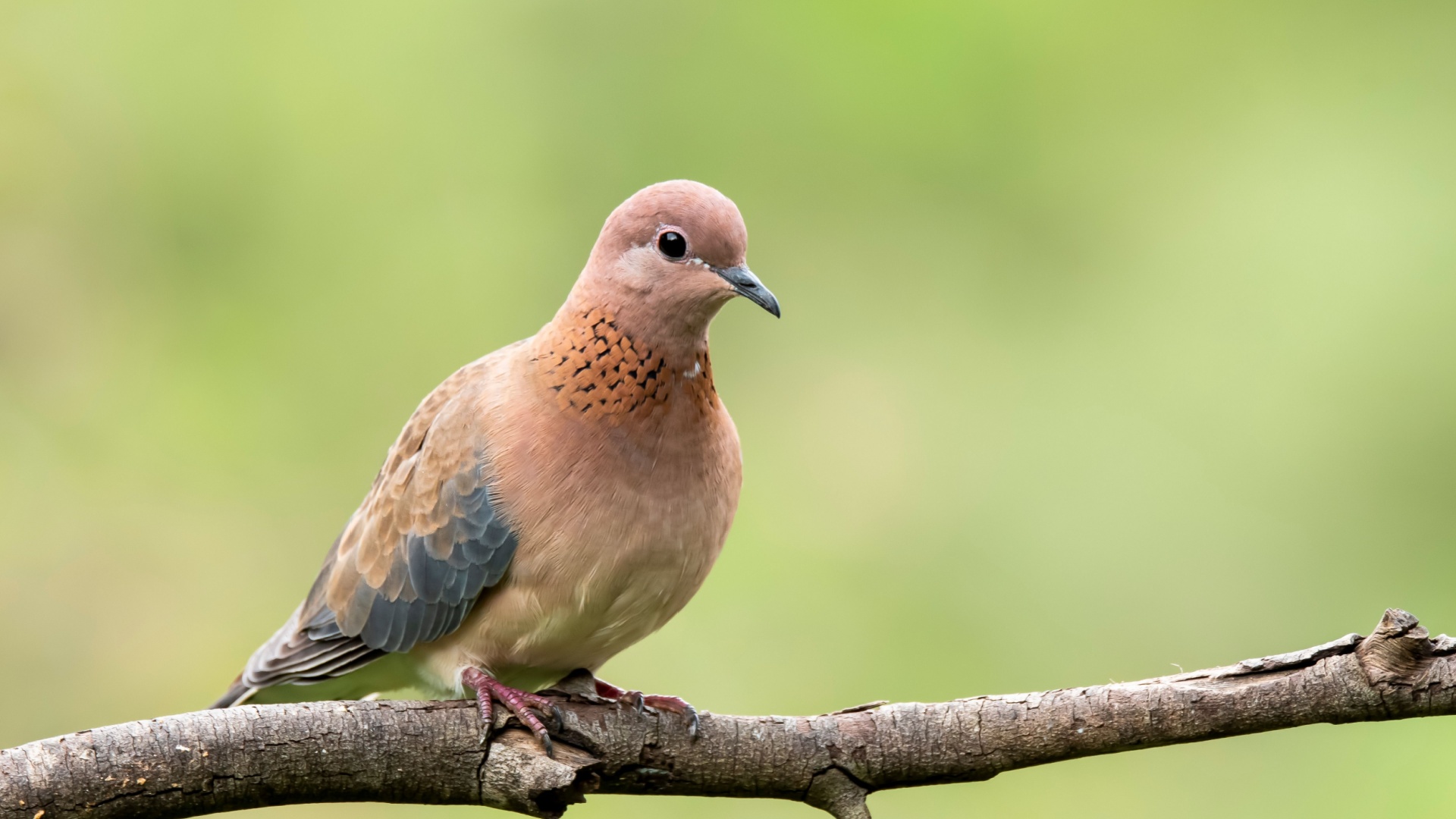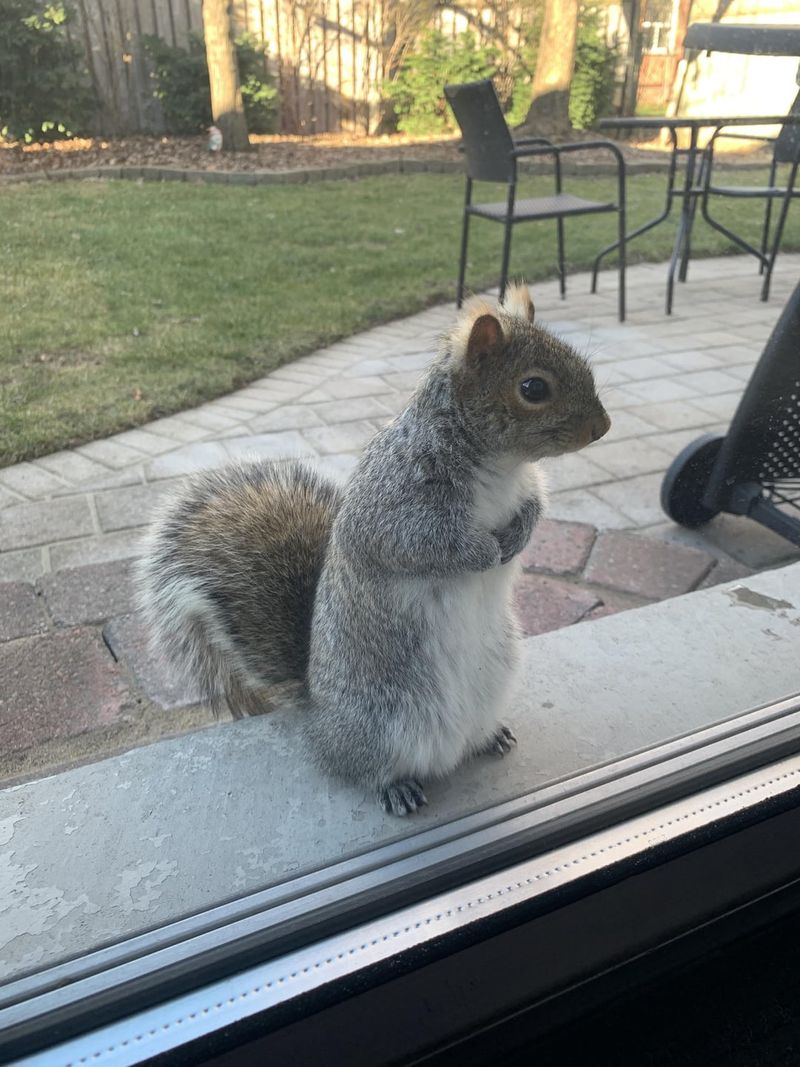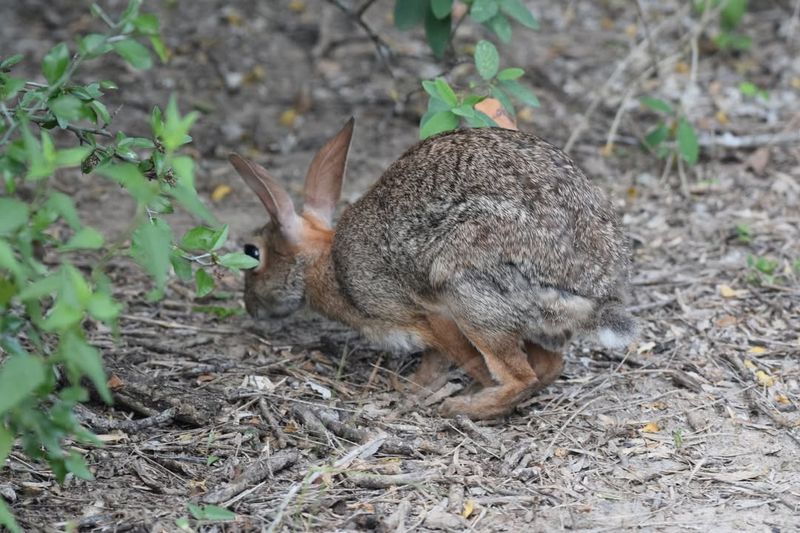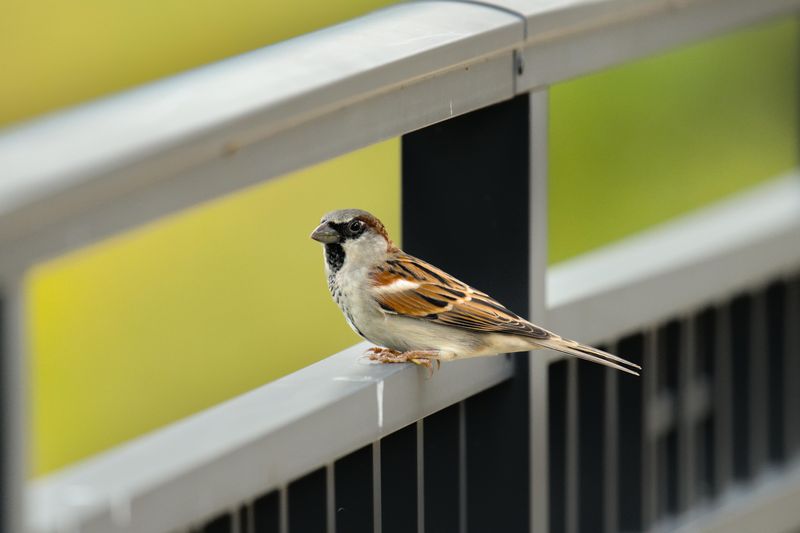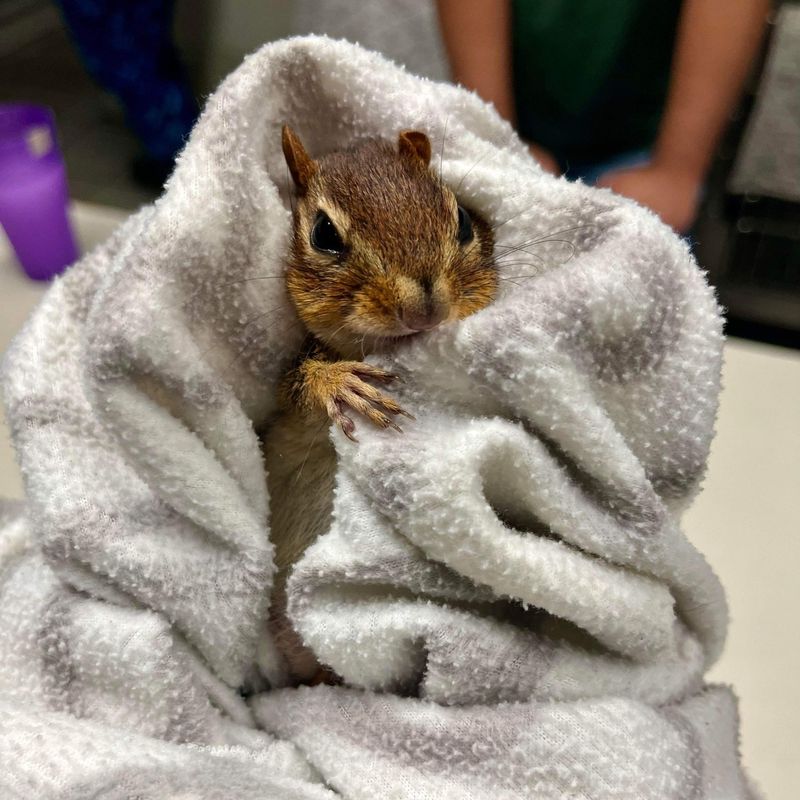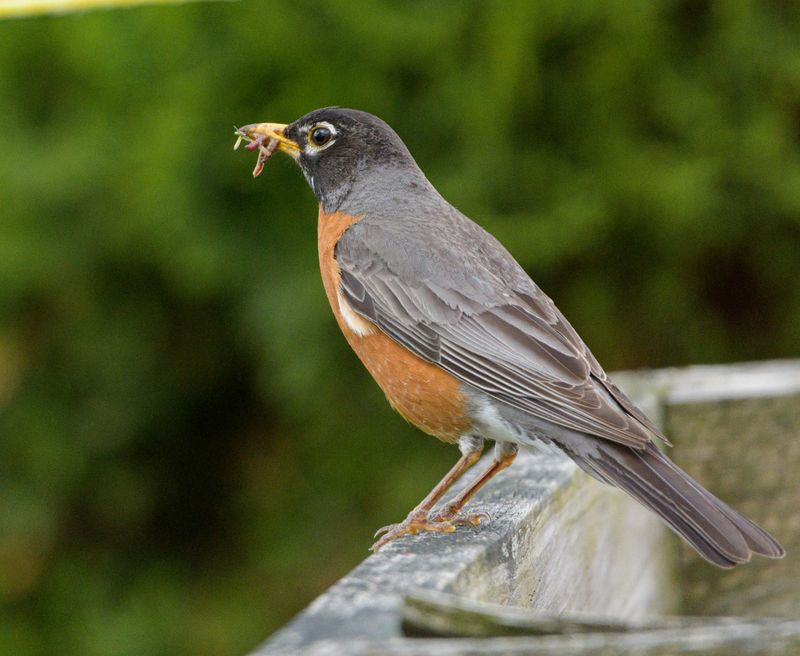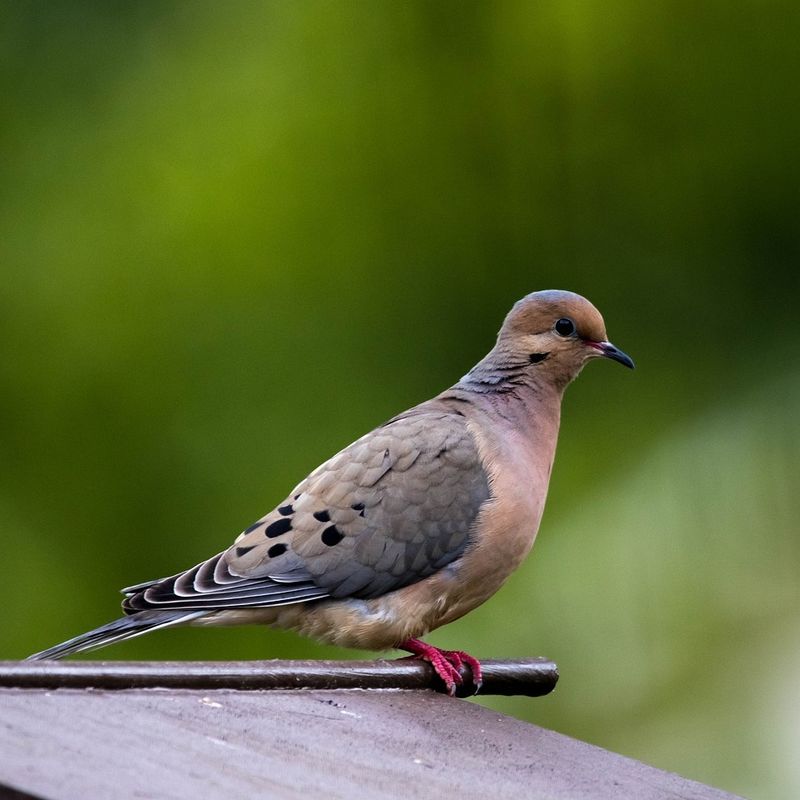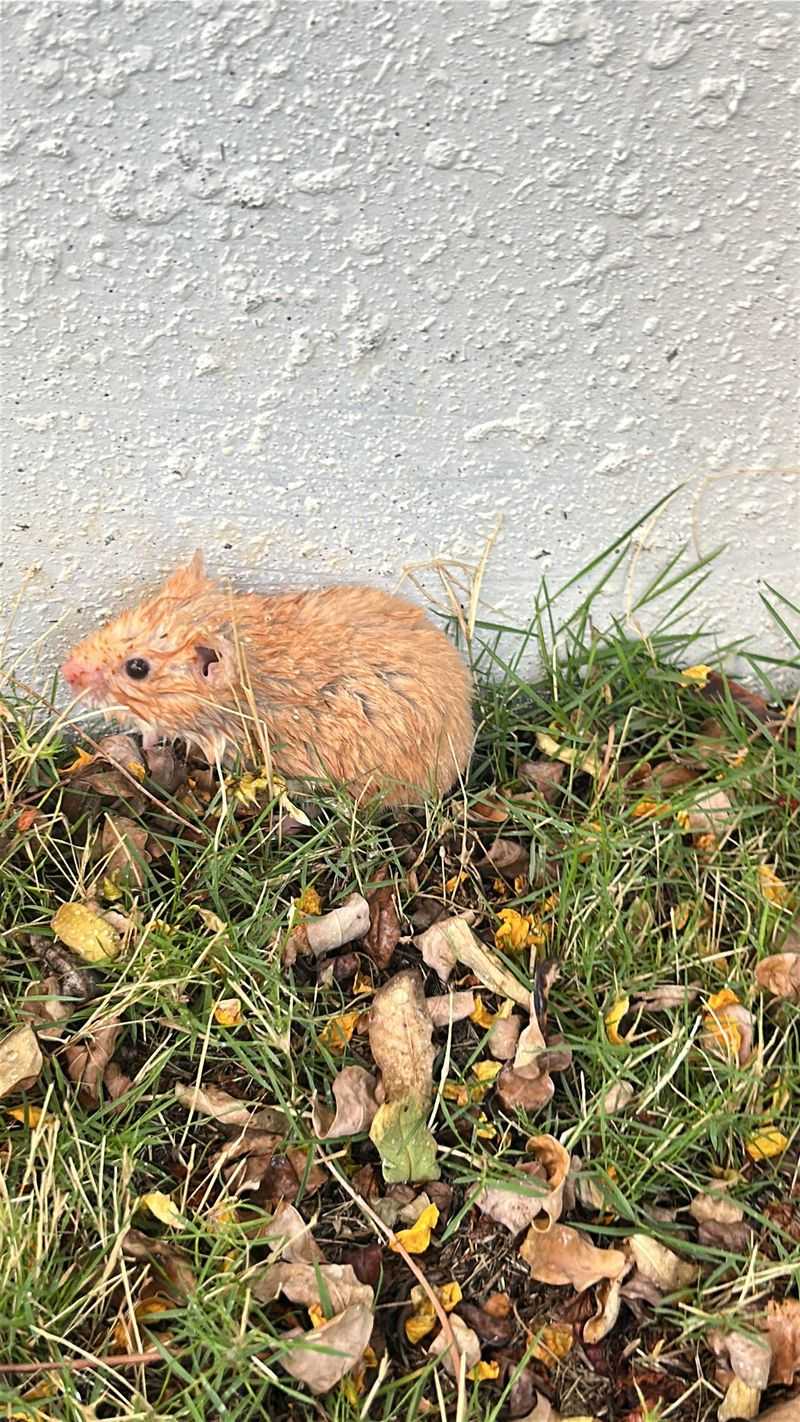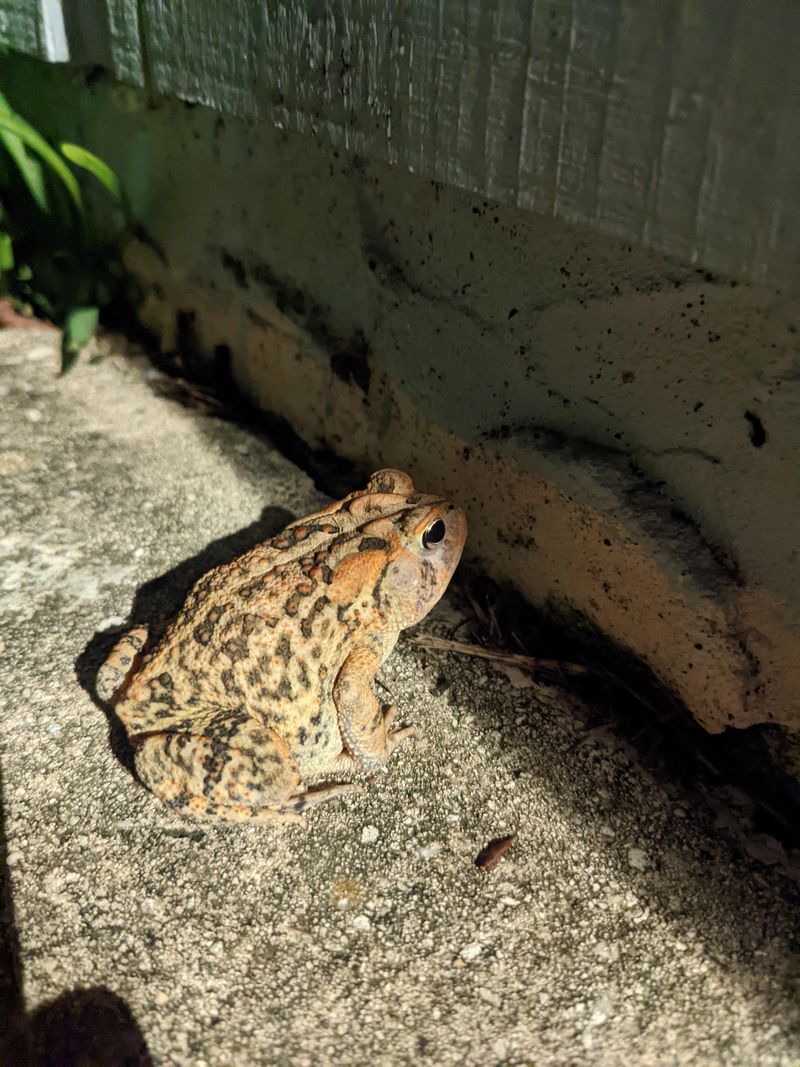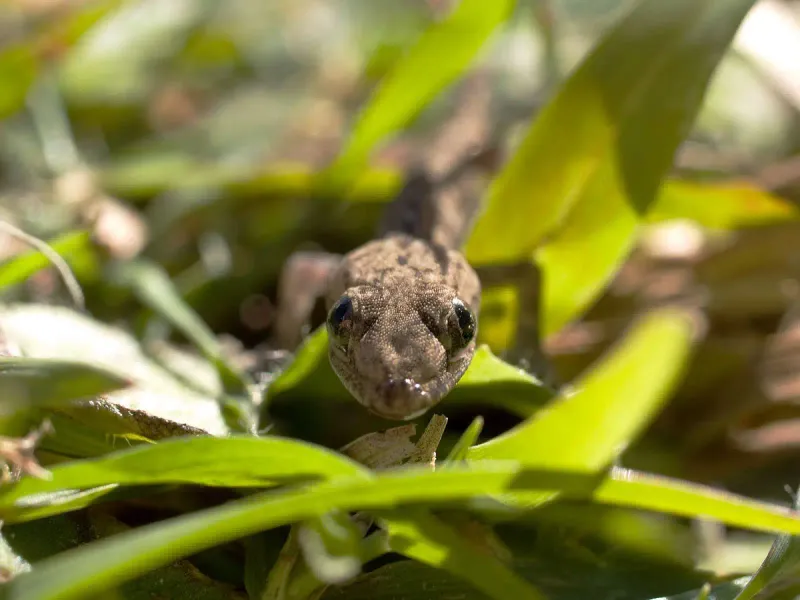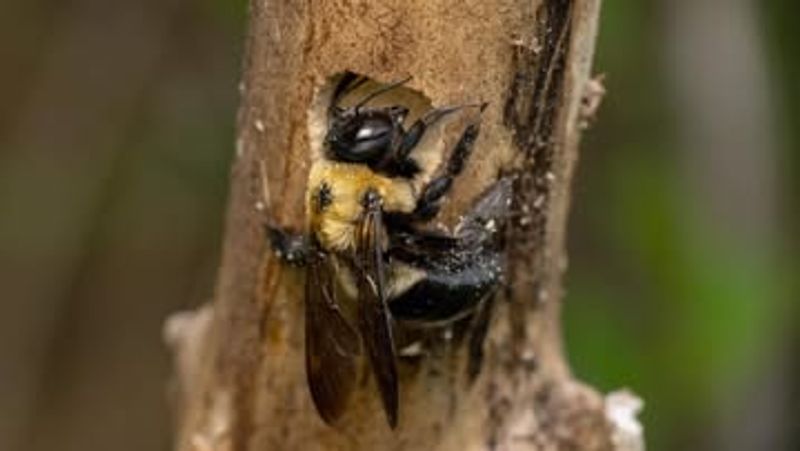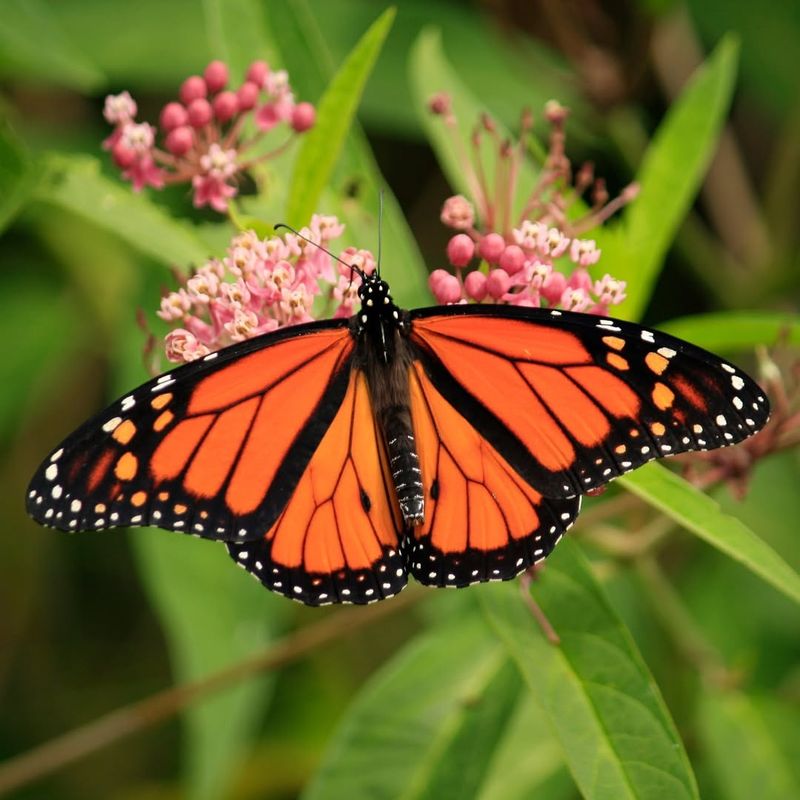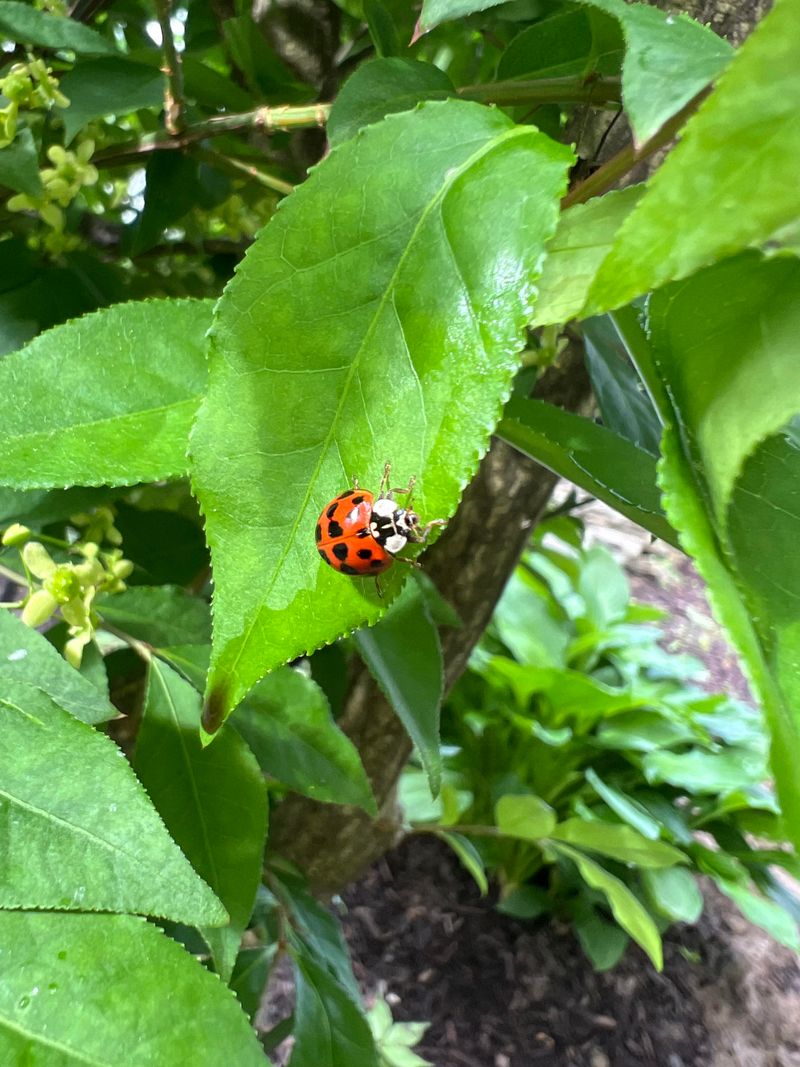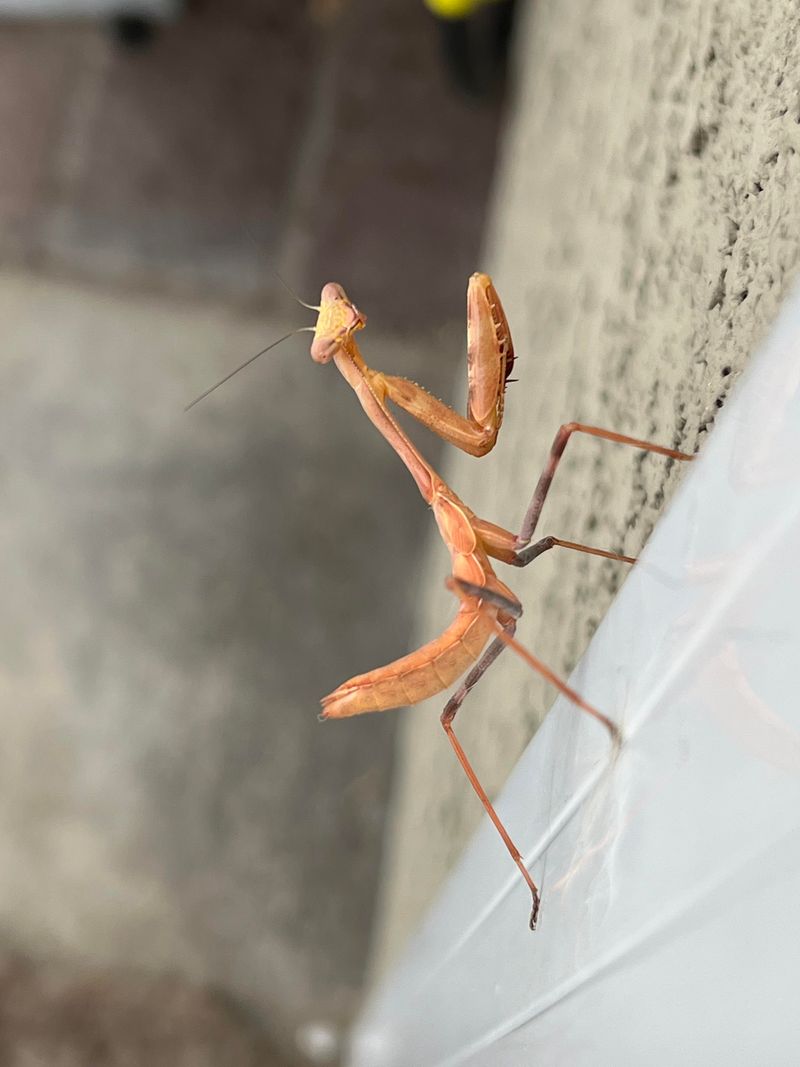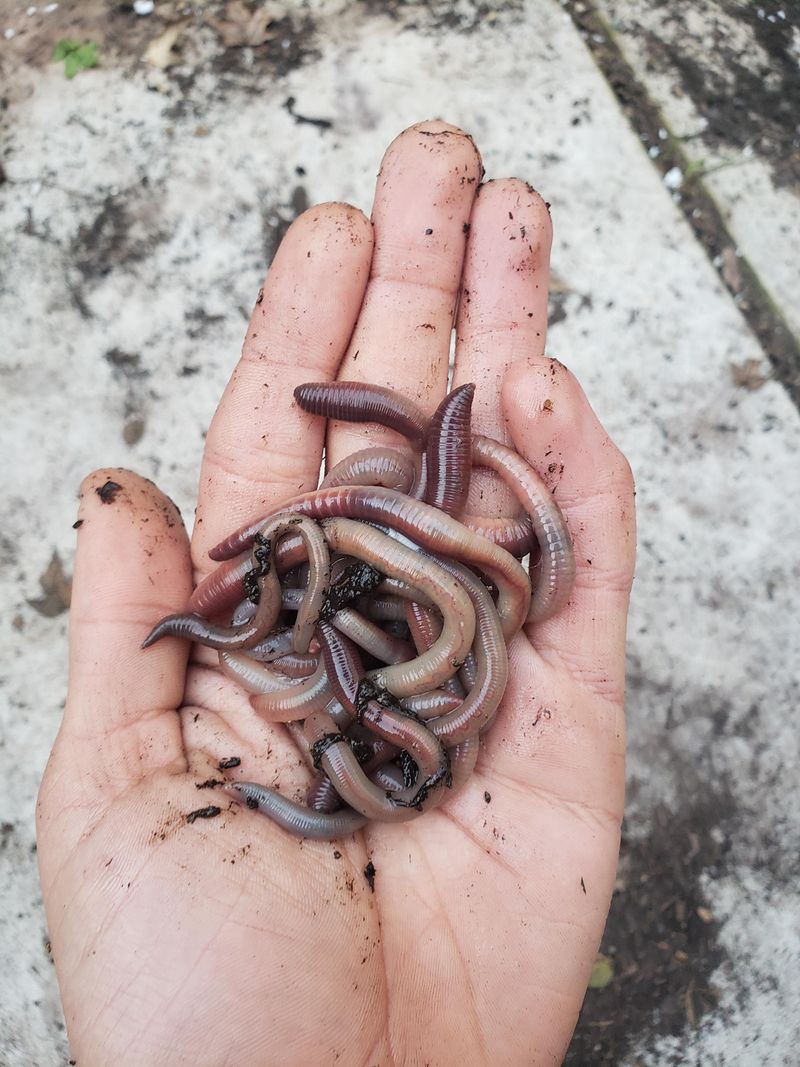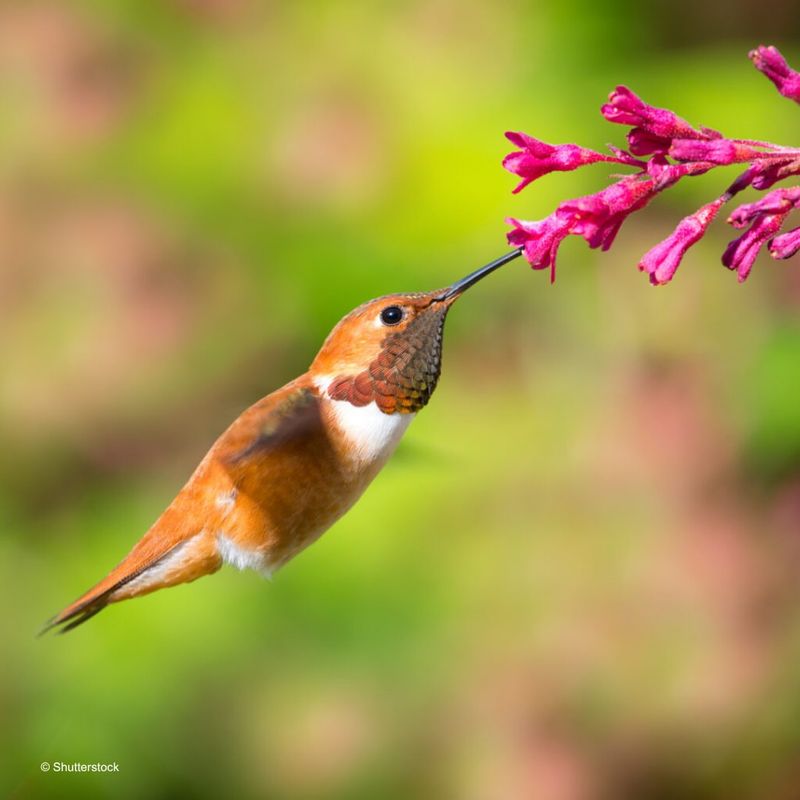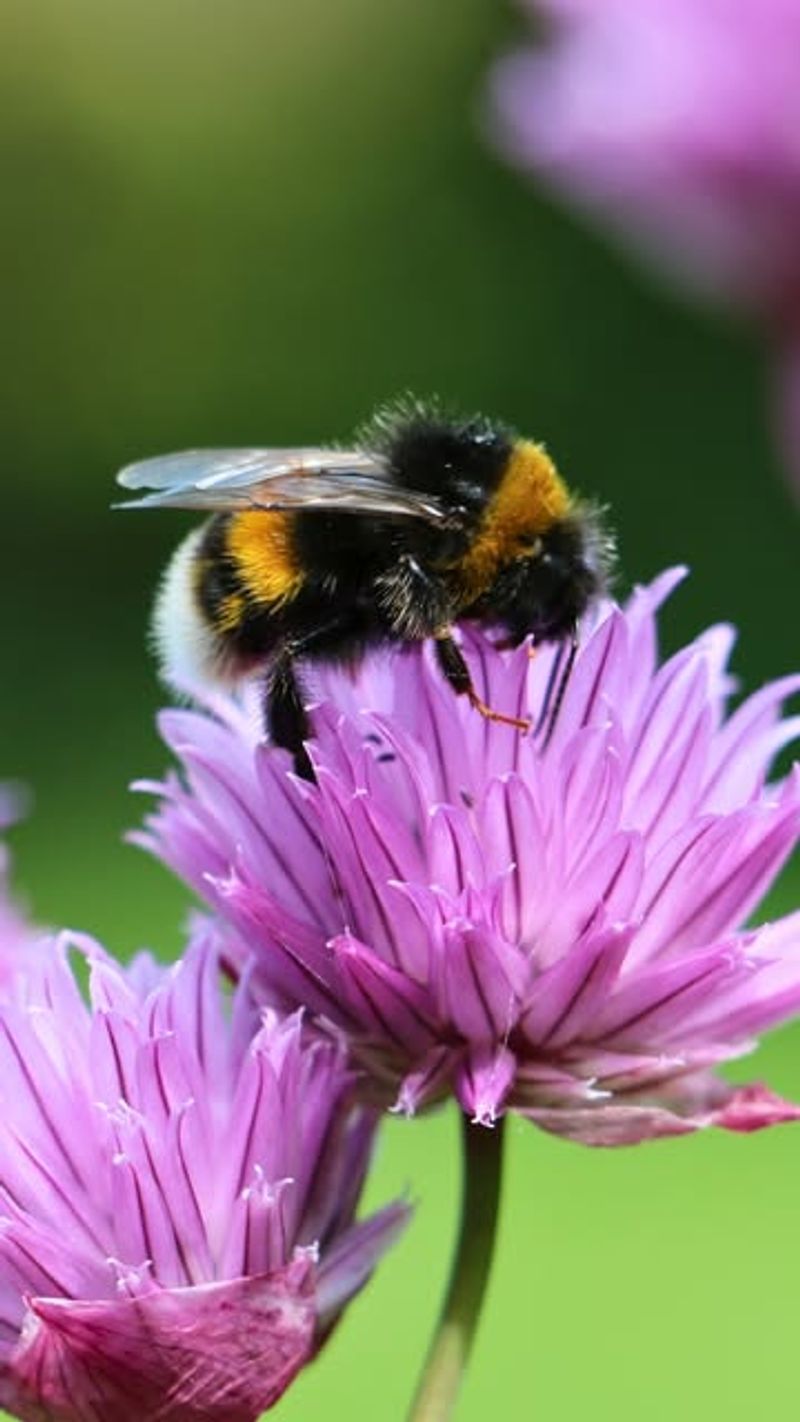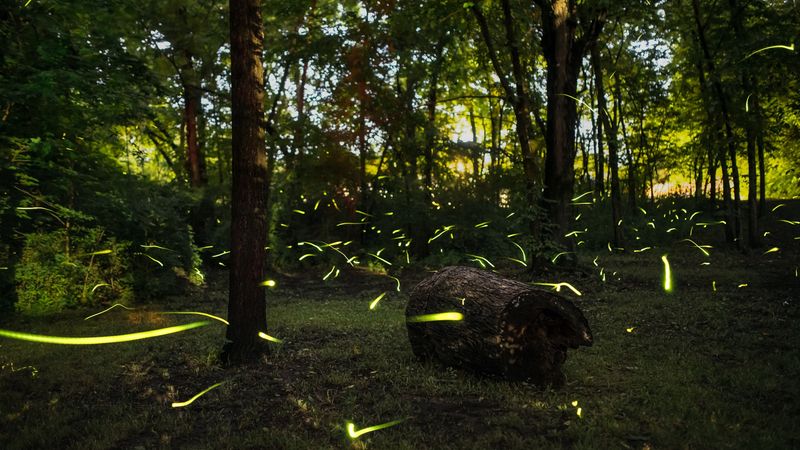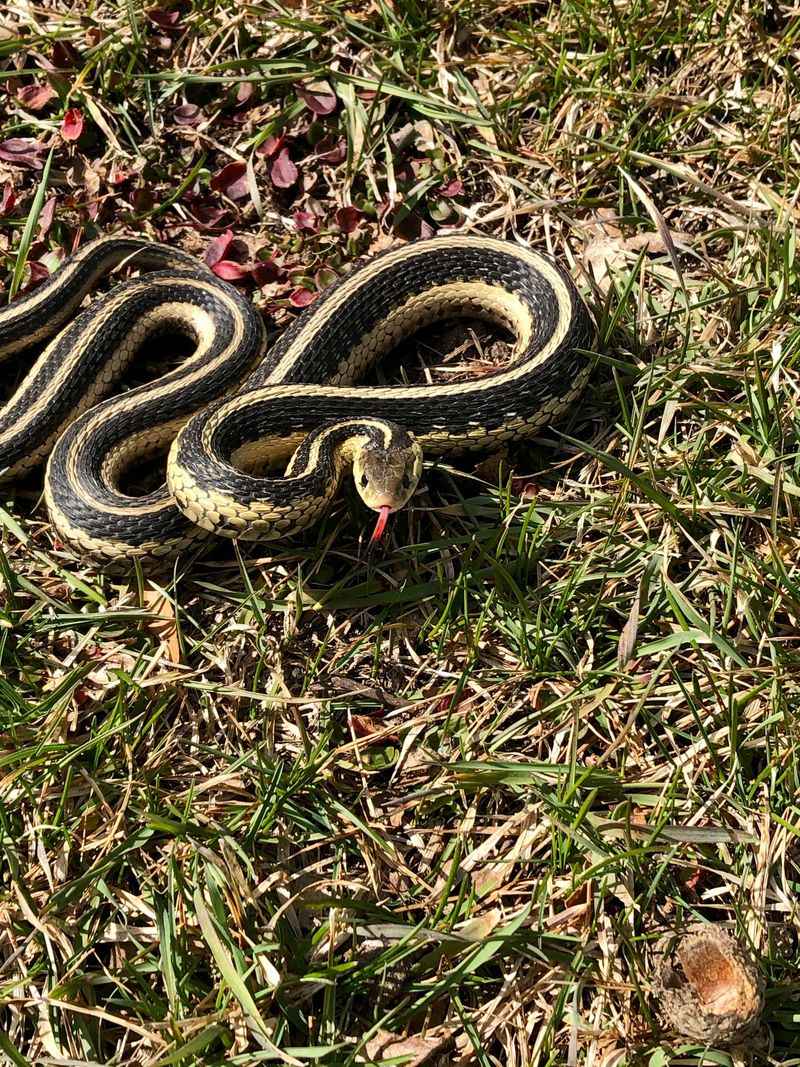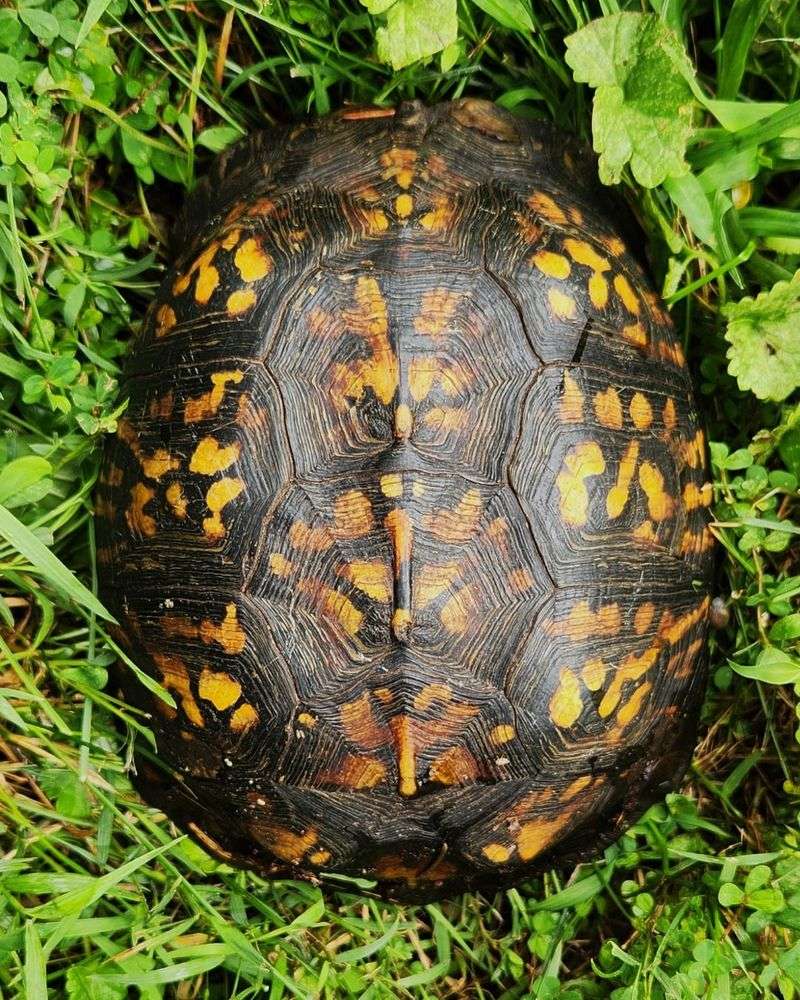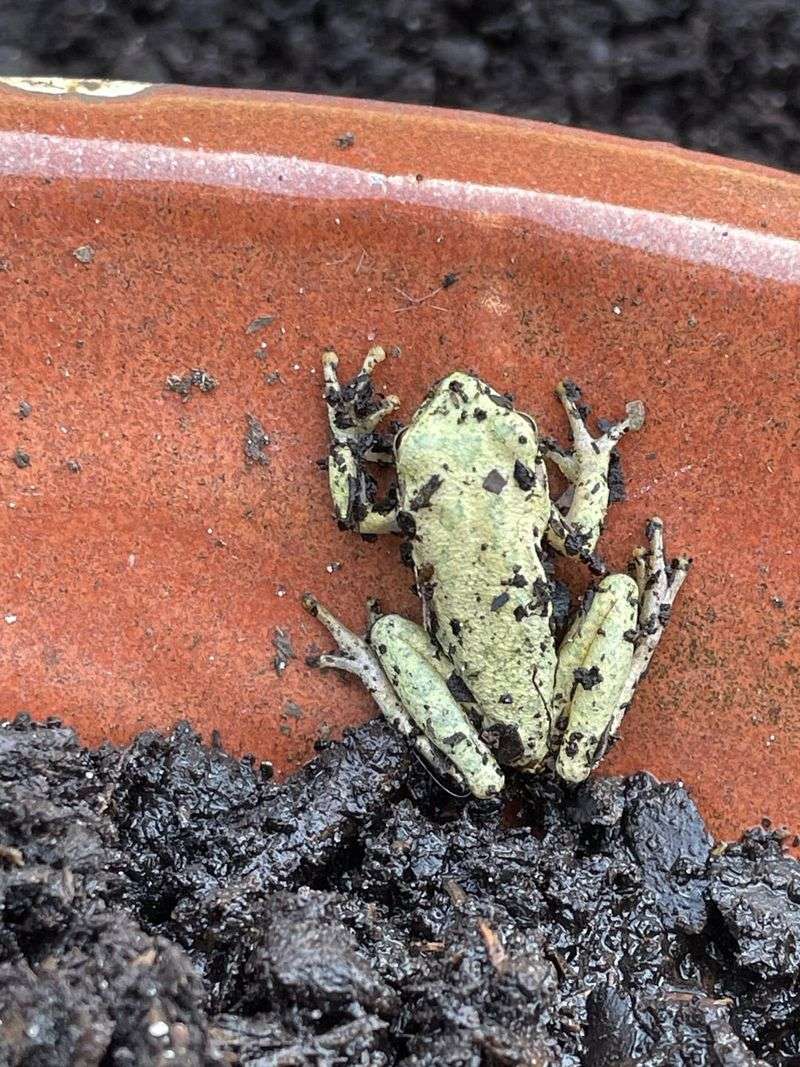I used to think every rustle in the bushes meant trouble. But it turns out, some backyard visitors are just passing through—while others are a green thumb’s best friend in disguise. From bushy-tailed bandits to silent soil helpers, here’s the lowdown on the critters you see and the ones you want to see.
Let’s find out who’s just hanging around—and who’s helping your yard come alive.
1. Squirrels: The Acrobatic Neighbors
Gray or red squirrels bounce from tree to tree, entertaining us with their gravity-defying jumps and bushy tails. They’re constantly busy gathering nuts and seeds, creating hidden caches for winter months. Though sometimes considered garden pests when they dig up bulbs, squirrels play an important role in forest regeneration.
They forget about many of their buried treasures, which then grow into new trees! Watch for their distinctive tracks in snow or mud – four little toes on front feet and five on the back.
2. Rabbits: Dawn and Dusk Visitors
Spotting cottontail rabbits munching on clover at sunrise or sunset is a common backyard sight. Their distinctive hop-and-freeze movement helps them avoid predators while they forage for tender greens. Baby rabbits, called kits, are born with eyes closed and no fur, but develop quickly.
Within three weeks, they’re independent enough to leave the nest! Look for their round droppings and small patches of clipped grass where they’ve been feeding – telltale signs of rabbit activity even when they’re not visible.
3. House Sparrows: Chatty Companions
These small, brown birds with streaked backs create quite the morning chorus. House sparrows aren’t picky eaters – they’ll happily feast on seeds, insects, and even the occasional french fry dropped in parking lots!
Originally from Europe, house sparrows have adapted perfectly to human environments. They build messy nests in any available nook or cranny of houses and buildings. Males sport distinctive black bibs under their chins, while females are more plainly colored with tan and brown feathers for better camouflage during nesting.
4. Chipmunks: Pocket-Cheeked Collectors
Striped chipmunks dart across yards with remarkable speed, their cheek pouches often bulging with seeds. These tiny mammals can stuff their expandable cheeks with food until they look three times their normal size!
Unlike tree squirrels, chipmunks create elaborate underground burrows with multiple rooms. Their tunnels can stretch up to 30 feet long with special chambers for sleeping, storing food, and even bathroom areas. Listen for their distinctive chip-chip-chip alarm call that alerts other wildlife to potential dangers overhead.
5. American Robin: The Worm Hunter
Robins hop across lawns with their heads cocked, listening for worms moving underground. That distinctive head-tilt isn’t just cute – it’s actually how they hunt! Robins can see and hear worm movement beneath the soil surface.
Their bright orange-red breasts make them easy to spot against green grass. In spring, watch for their mud-cup nests tucked into tree branches or along roof eaves. Fun fact: baby robins eat up to 14 feet of earthworms every day during their rapid growth period, requiring constant hunting by parent birds!
6. Mourning Doves: Gentle Cooing Visitors
The soft, mournful “coo-OO-oo-oo-oo” sound floating through your yard comes from these plump, tan-colored birds. Mourning doves mate for life and are often seen in pairs, gracefully foraging on the ground for seeds.
Their flight is distinctive – quick wing beats followed by long glides, often making a whistling sound with their wings. When startled, they explode into flight with a burst of energy. Despite their gentle appearance, mourning doves are surprisingly tough.
They’re one of the few birds that can drink water by sucking rather than having to tilt their heads back.
7. House Mice: Unwelcome Houseguests
These tiny rodents with large ears and pointed snouts often seek shelter near human homes. Though not welcome indoors, mice in your yard usually stay outside if they find enough food and shelter there.
House mice are prolific breeders – a single female can produce up to 10 litters per year with 5-6 babies each time! They create nests from shredded materials in protected spots like woodpiles or dense vegetation.
Despite their pest reputation, outdoor mice play important roles in ecosystems as food for predators like owls, hawks, and foxes.
8. Toads: Garden Guardians
Bumpy-skinned toads hop through garden beds at night, consuming slugs, beetles, and other pests. A single toad can eat up to 10,000 insects in one summer season – making them valuable garden allies! Unlike frogs, toads have dry, warty skin and prefer to walk rather than hop long distances.
They return to the same garden year after year if they find good hunting grounds. Create toad habitat by placing a shallow dish of water near dense plants where they can hide during daylight hours.
They’ll reward you by controlling pest populations naturally.
9. House Geckos: Nighttime Wall-Climbers
In warmer regions, these small lizards with suction-cup toes cling to exterior walls and windows, hunting insects attracted to your home’s lights.
Their translucent skin sometimes allows you to see their internal organs! House geckos communicate through a series of chirps and clicks, especially during mating season. Males are particularly vocal when establishing territory around your home.
Unlike many reptiles, geckos can’t blink – they clean their eyes by licking them with their long tongues. Watch them hunt moths and mosquitoes on summer evenings.
10. Carpenter Bees: Wood-Boring Buzzers
These large, shiny black bees hover in place like tiny helicopters around wooden structures. Males can’t sting but put on impressive territorial displays, while females drill perfectly round holes in untreated wood to create nesting galleries.
Despite their destructive reputation, carpenter bees are excellent pollinators for early spring flowers. They use a special technique called “buzz pollination” where they vibrate their bodies to shake loose tightly-held pollen.
Look for sawdust piles below wooden structures – a sure sign these industrious insects are creating homes nearby.
11. Monarch Butterflies: Sign of Healthy Native Plants
The striking orange and black pattern of monarch butterflies signals a yard with milkweed plants. These incredible insects migrate thousands of miles between Mexico and Canada each year – a multi-generation journey!
Monarch caterpillars feed exclusively on milkweed, storing the plant’s toxins to make themselves poisonous to predators. The bright colors of both caterpillar and butterfly warn birds to stay away. Finding monarch eggs or caterpillars means your yard provides crucial habitat for this declining species.
Their presence indicates a healthy, pesticide-free environment with native plant diversity.
12. Ladybugs: Spotted Garden Allies
Clusters of red beetles with black spots patrolling your plants indicate excellent garden health. Both adult ladybugs and their alligator-shaped larvae voraciously consume aphids and other soft-bodied plant pests. A single ladybug can devour up to 5,000 aphids in its lifetime!
Their bright coloration warns predators that they taste terrible – they release a bitter fluid when threatened.
Native ladybug species have been declining due to competition from introduced Asian lady beetles. Spotting the native varieties with fewer spots suggests your yard supports local insect diversity.
13. Praying Mantises: Patient Predators
Finding these distinctive insects with triangular heads and grasping front legs means your garden hosts a balanced ecosystem.
Mantises are ambush hunters that patiently wait for prey, then strike with lightning speed. Female mantises can grow up to 6 inches long in some species! Their ability to rotate their heads nearly 180 degrees gives them exceptional hunting vision.
Contrary to popular belief, most female mantises don’t eat their mates. This behavior happens primarily in laboratory settings where the insects can’t escape each other’s company.
14. Earthworms: Underground Soil Engineers
Discovering numerous earthworms when digging in your soil indicates exceptional garden health. These segmented creatures create tunnels that allow water and air to penetrate deeply, preventing compaction and improving drainage.
Earthworms literally eat their way through soil, breaking down organic matter and releasing nutrients plants can use. Their castings (worm poop) are among the richest natural fertilizers available!
Charles Darwin spent 40 years studying earthworms, concluding that each acre of healthy soil contains up to 50,000 worms moving 20 tons of earth annually. Their presence means your soil is alive!
15. Hummingbirds: Aerial Acrobats
Ruby-throated hummingbirds zooming between flowers indicate a yard rich in nectar sources. These tiny birds beat their wings up to 80 times per second, creating their signature humming sound! Despite weighing less than a penny, hummingbirds have remarkable memories.
They remember every flower they’ve visited and how long it takes each to refill with nectar. Beyond sugary nectar, hummingbirds need protein from small insects.
A yard that attracts these aerial jewels has balanced plant diversity supporting both nectar and tiny insect populations – signs of a thriving ecosystem.
16. Bumblebees: Fuzzy Pollination Powerhouses
Round, fuzzy bumblebees buzzing from flower to flower signal excellent plant diversity in your yard. Unlike honeybees, bumblebees can fly in cooler temperatures and even during light rain, making them superior pollinators for many plants.
Their extra-long tongues can reach nectar in tubular flowers that other insects can’t access. Some plants, like tomatoes, release pollen only when “buzz pollinated” – a technique where bumblebees vibrate specific muscles to shake loose the pollen.
Bumblebees nest in the ground or in abandoned rodent burrows, so bare soil patches in healthy yards provide crucial habitat.
17. Fireflies: Luminous Summer Magic
Blinking lights floating above your lawn on summer evenings mean your yard supports one of nature’s most magical displays. Fireflies (actually beetles, not flies) use their light-producing abdomens to attract mates. Each firefly species has its own unique flash pattern – like a secret code!
Males flash while flying, while females typically respond from perches in grass or shrubs. Firefly populations have declined due to light pollution and habitat loss.
Their presence indicates your yard provides the moist soil, tall grasses, and low light pollution these sensitive insects need to complete their lifecycle.
18. Garter Snakes: Helpful Garden Hunters
Encountering these slender, striped reptiles sunning themselves signals excellent yard biodiversity. Garter snakes control slugs, grubs, and rodent populations naturally, without damaging your plants or structures.
Despite common fears, garter snakes are harmless to humans and typically flee rather than confront people. They’re one of the few snake species that give birth to live young instead of laying eggs!
Gardens with rock piles, log stacks, or dense ground cover provide the shelter these beneficial predators need. Their presence indicates your yard offers both prey animals and safe habitat – a balanced ecosystem.
19. Box Turtles: Ancient Garden Wanderers
Spotting these dome-shelled reptiles slowly exploring your yard means you’ve created exceptional wildlife habitat. Box turtles can live over 100 years and typically stay within a small territory their entire lives. Their varied diet includes slugs, berries, mushrooms, and fallen fruit.
By dispersing seeds through their droppings, box turtles help maintain plant diversity throughout your yard. Due to habitat loss and road mortality, box turtle populations have declined significantly.0
Finding one indicates your property provides the perfect mix of sunny basking spots, shady retreats, and natural food sources these sensitive creatures require.
20. Tree Frogs: Nighttime Chorus Members
Hearing the melodic trilling of tree frogs after rain showers indicates your yard provides excellent amphibian habitat. These small frogs with sticky toe pads can change color to match their surroundings, making them difficult to spot despite their loud calls.
Tree frogs need clean water sources for breeding and moist, insect-rich environments for hunting. Their permeable skin makes them extremely sensitive to environmental toxins. Finding tree frogs means your yard management practices – like avoiding pesticides and providing water features – have created a healthy ecosystem that supports these sensitive environmental indicators.

